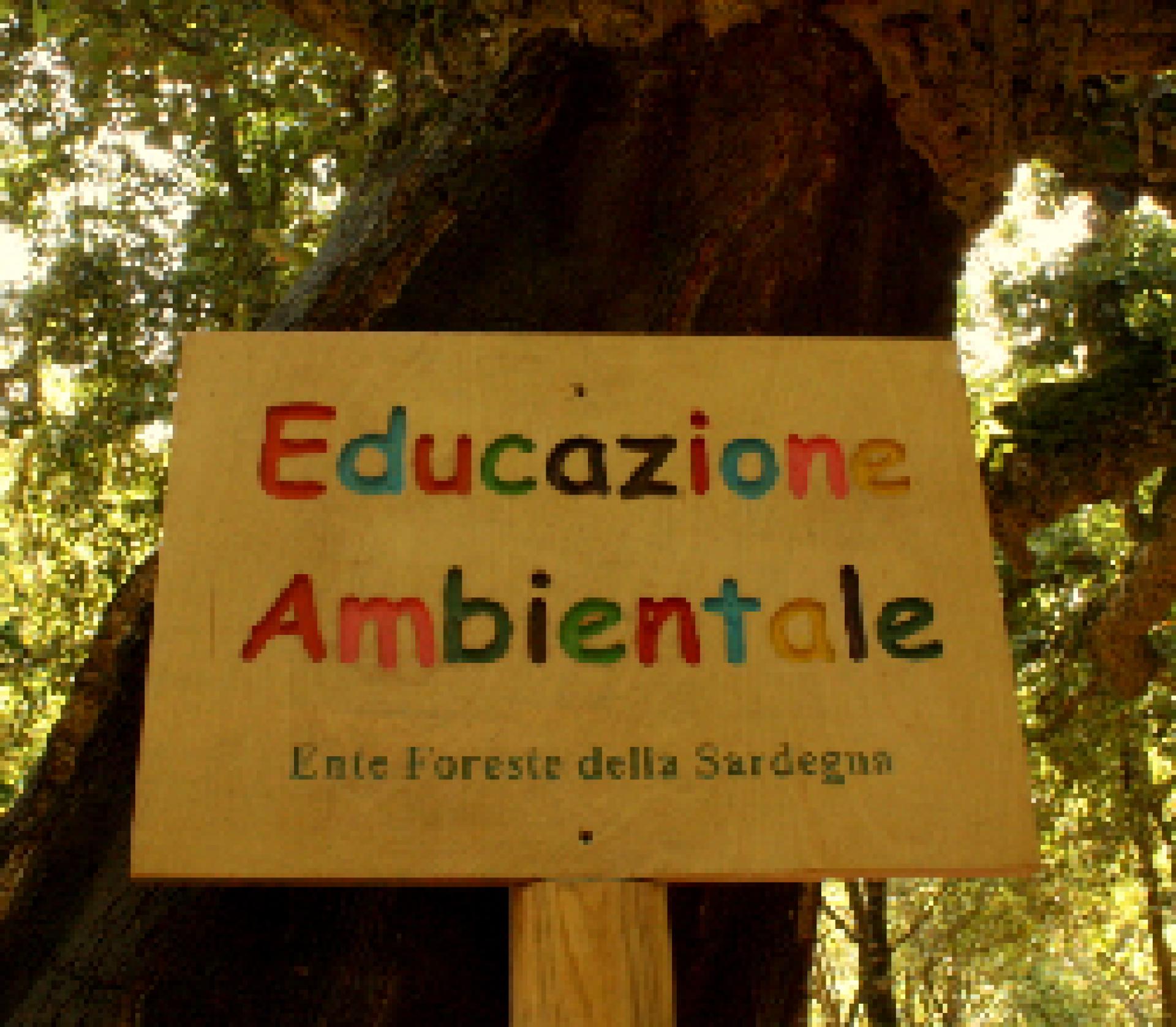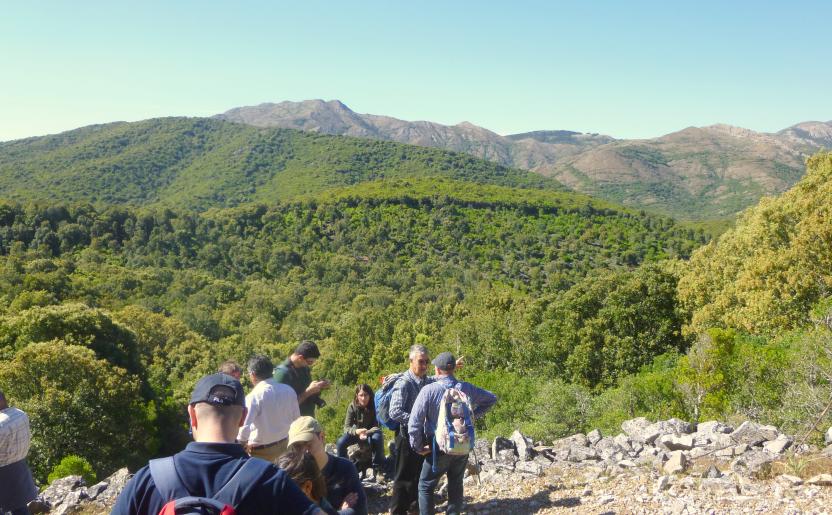Norme di comportamento
Qui troverai una serie di utili suggerimenti su "cosa fare" e "cosa non fare" mentre si percorre un sentiero: comportamento in bosco, in alta montagna, su strada.
Come comprtarsi in caso di pioggia o di neve, se lungo il percorso si incontra un esemplare di della fauna selvatica...
Il rispetto dei boschi, della Natura in genere, anche della propria: ascoltare i segnali del proprio corpo è importante, mentre si percorre un sentiero: stanchezza, sete ed altri segnali da non lasciare inascoltati!











